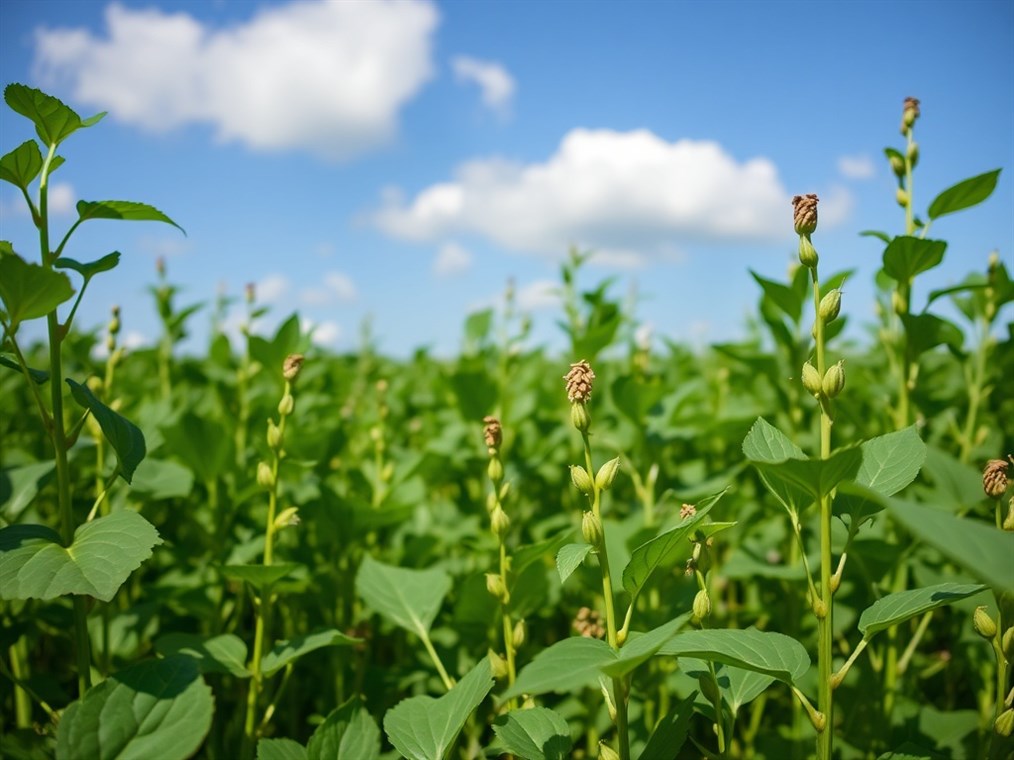The Humble Lentil: Ever Wonder Where That Goodness Comes From?
Lentils! We’ve all seen them, probably eaten them, maybe even love them. But have you ever paused to think about where these little nutritional powerhouses actually come from? It’s a fair question. The answer? A plant called Lens culinaris. Yep, sounds a bit like something out of a science textbook, doesn’t it? But trust me, the plant itself is pretty cool.
So, Lens culinaris – let’s break that down. It’s actually a fairly delicate annual legume. Think of it as a cousin to peas and beans, all part of the big, happy Fabaceae family.
What does it look like? Well, imagine a slender plant, not too tall, usually topping out around 1 to 2.5 feet. It’s got these branched stems and leaves made up of several pairs of leaflets. And here’s a neat trick: the leaves often end in a little tendril, which helps the plant climb and spread out. Pretty smart, huh?
Now, in the summertime, this plant puts on a show with small, dainty flowers. They’re usually a soft blue, white, or pink. These flowers are self-pollinating, which means they don’t need any help from bees or other insects to reproduce. After the flowers fade, the magic happens: they turn into short, oblong pods, each holding one or two lentil seeds. And those seeds? They come in all sorts of colors – green, brown, tan, even speckled black! It’s like a lentil rainbow.
Lentils have been around for ages. We’re talking way back – like, 11,000 years ago! Evidence suggests they were first domesticated in the Fertile Crescent. From there, they spread like wildfire, making their way to Europe, North Africa, and India. Talk about a well-traveled legume!
These days, you can find lentils growing in over 50 countries. Canada, India, and Turkey are some of the biggest producers. Here in North America, lentil country is mainly the Pacific Northwest – places like eastern Washington, northern Idaho, and western Canada.
So, what does it take to grow these little guys? Lentil plants like it cool and mild, with a decent amount of rain. Farmers usually plant them in the spring in cooler areas, and in the fall or winter in warmer climates. While lentils can handle a bit of drought, they really need enough water when they’re flowering and forming those pods.
The soil matters too. Lentils prefer well-drained, sandy soil with a pH around 7.0. They don’t like getting their feet wet, so good drainage is key. And here’s another cool thing: as legumes, lentil plants can actually pull nitrogen from the air and put it into the soil. That means less need for artificial fertilizers!
Why should you care about all this? Well, understanding the lentil plant gives you a whole new appreciation for this humble food. It tells you about:
- Lentil nutrition: Because they come from a legume, lentils are packed with protein, fiber, and all sorts of good stuff.
- Sustainable farming: Lentils help keep the soil healthy, which is good for the environment.
- Global food security: Because they can grow in dry conditions, lentils can help feed people in areas where water is scarce.
So, next time you’re enjoying a bowl of lentil soup, remember Lens culinaris, the amazing plant that makes it all possible. It’s more than just a plant; it’s a story of history, nutrition, and sustainability all wrapped up in a tiny little package.

